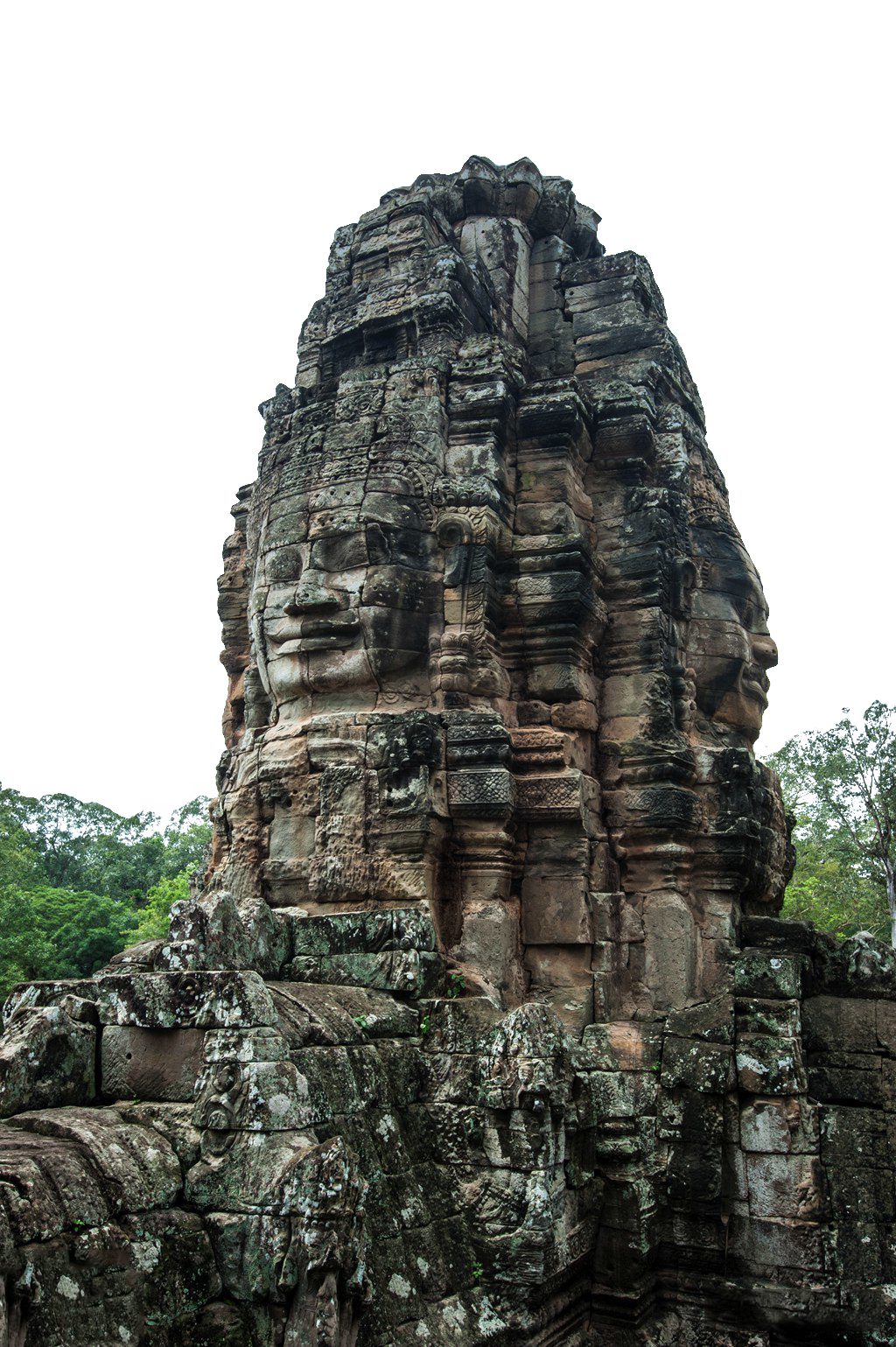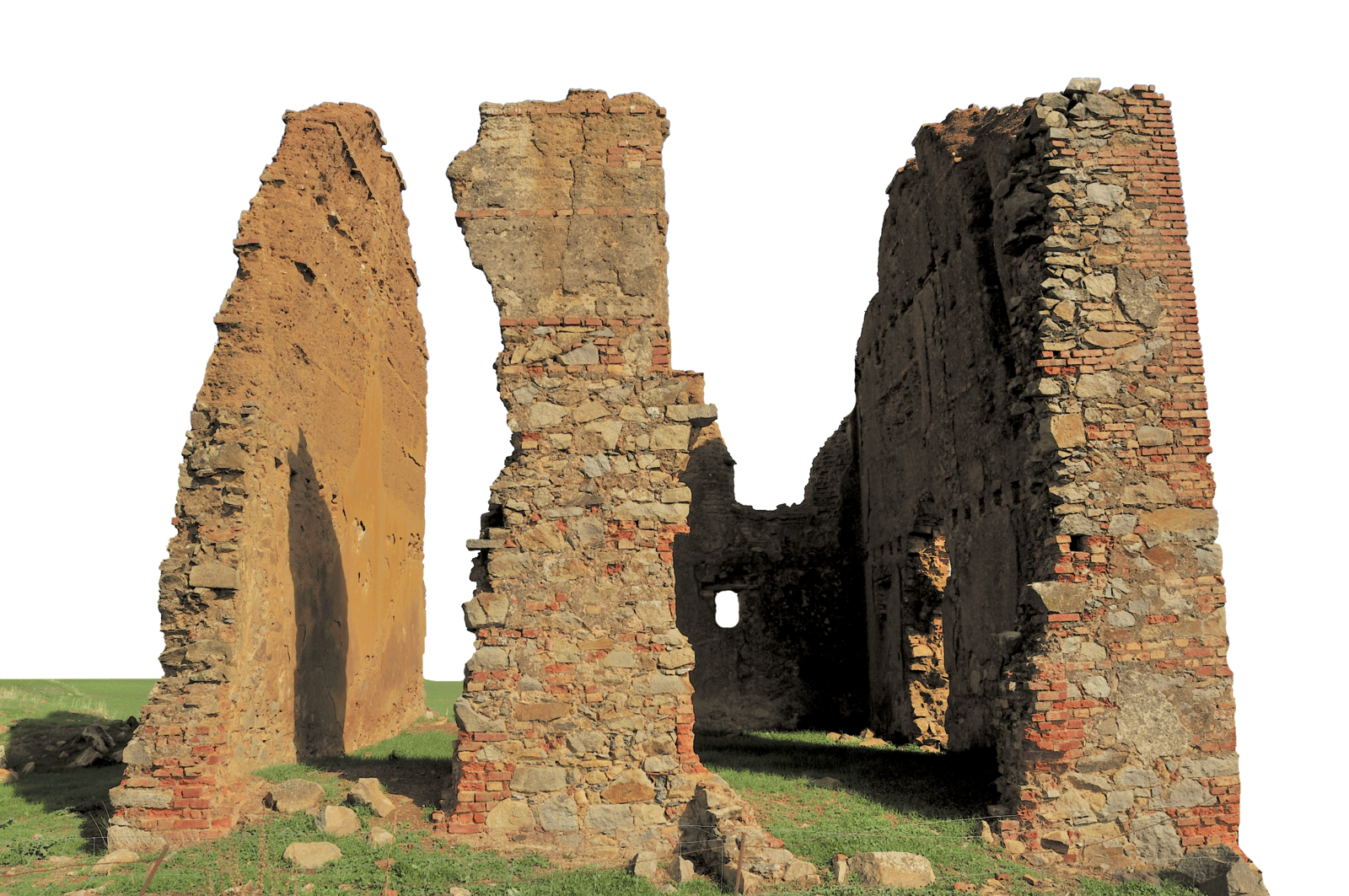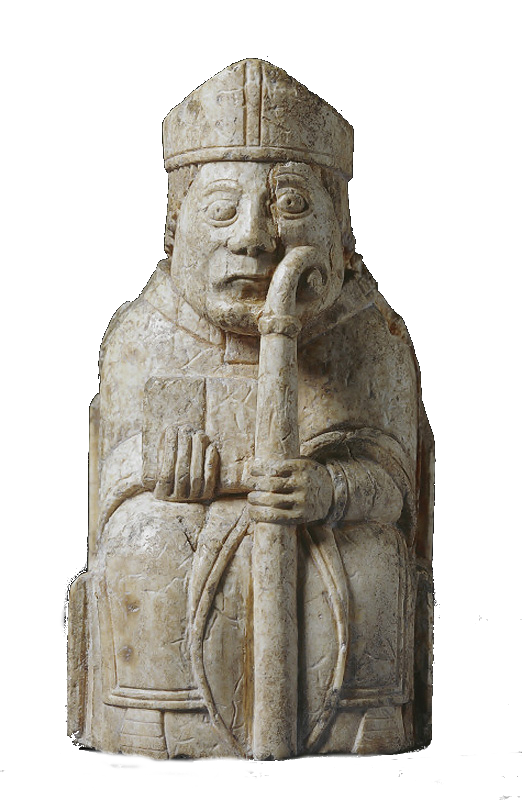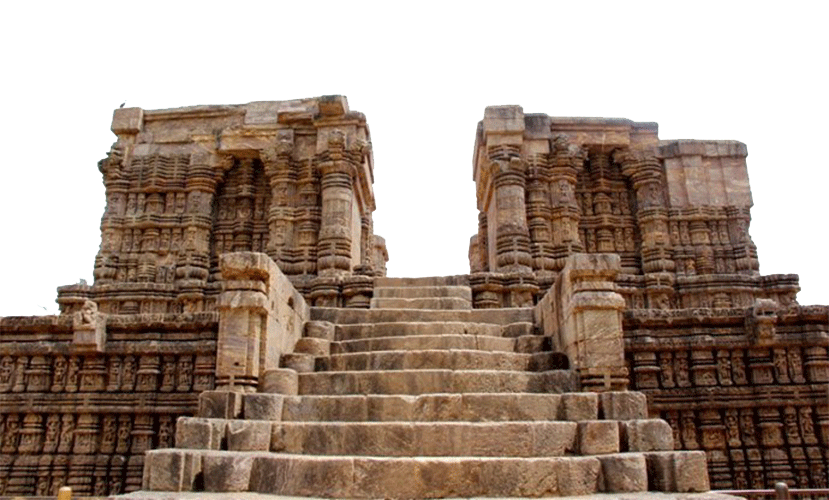Archaeology
Welcome to c/Archaeology @ Mander.xyz!
Shovelbums welcome. 🗿

Notice Board
This is a work in progress, please don't mind the mess.
- 2023-06-15: We are collecting resources for the sidebar!
- 2023-06-13: We are looking for mods. Send a dm to @[email protected] if interested!
About
Archaeology or archeology[a] is the study of human activity through the recovery and analysis of material culture. The archaeological record consists of artifacts, architecture, biofacts or ecofacts, sites, and cultural landscapes.
Archaeology has various goals, which range from understanding culture history to reconstructing past lifeways to documenting and explaining changes in human societies through time.
The discipline involves surveying, excavation, and eventually analysis of data collected, to learn more about the past. In broad scope, archaeology relies on cross-disciplinary research. Read more...
Rules
- Don't throw mud. Be kind and remember the human.
- Keep it rooted (on topic).
- No spam.
- No pseudoscience/pseudoarchaeology.

Links
Archaeology 101:
Get Involved:
University and Field Work:
- Archaeological Fieldwork Opportunities Bulletin
- University Archaeology (UK)
- Black Trowel Collective Microgrants for Students
Jobs and Career:
Professional Organisations:
- Chartered Institute for Archaeologists (UK)
- BAJR (UK)
- Association for Environmental Archaeology
- Archaeology Scotland
- Historic England
FOSS Tools:
- Diamond Open Access in Archaeology
- Tools for Quantitative Archaeology – in R
- Open Archaeo: A list of open source archaeological tools and software.
- The Open Digital Archaeology Textbook
Datasets:
Fun:
Other Resources:

Similar Communities
Sister Communities
Science and Research
Biology and Life Sciences
Plants & Gardening
Physical Sciences
Humanities and Social Sciences
Memes
Find us on Reddit

view the rest of the comments
Ha, you're right. Totally forgot there's that upper limit (To be fair I don't really do anything with stuff that old and I'm having waiting for dinner scatterbrains. :) ) . Going to have to dive into the paper I guess!
https://www.nature.com/articles/s41586-023-06557-9
Looks like they did luminescence. More about that here: https://projects.arch.ox.ac.uk/luminescence.html
Aha! The supplemental materials contain all the interesting stuff, like some cool photos of the excavation site:
And section 2 goes into details about how the soil samples were collected and prepared for luminescence measurement, including keeping them in the dark/under red light lab room conditions while they were washed in acid for 3 days, before shining a laser on them. They even stuck gamma radiation probes into the holes they dug the samples from to measure the current background radiation levels there.
Interestingly in their calculation, only 5% of radiation comes from cosmic rays, and 95% from decay of nearby radioisotopes of uranium, thorium, and potassium. They were worried whether cyclical sedimentation/erosion activity of the adjacent river would change the thickness of the soil overlying the archeological site, thus affecting amount of cosmic radiation reaching it. Turns out for the final age calculation it didn't make much of a difference whether the soil was usually 5 meters thick or 10.
I would still need to read the reference papers to figure out how accumulated radiation is related to luminescence under a laser in the first place.